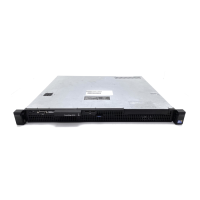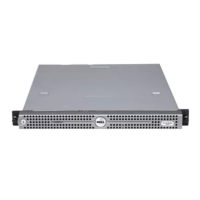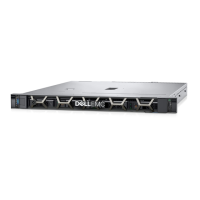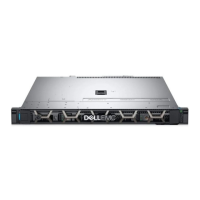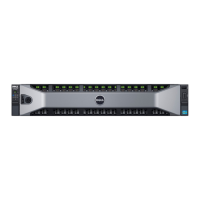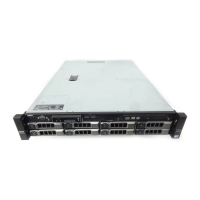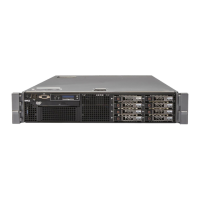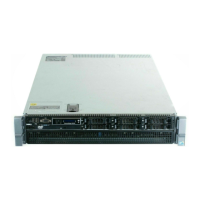Do you have a question about the Dell PowerEdge R230 and is the answer not in the manual?
| HDD speed | 7200 RPM |
|---|---|
| RAID levels | 0, 1, 5, 6, 10, 50 |
| RAID support | Yes |
| HDD interface | Serial ATA III |
| SSD interface | Serial Attached SCSI (SAS) |
| Optical drive type | DVD±RW |
| Supported HDD sizes | 3.5 \ |
| Total storage capacity | 1000 GB |
| Maximum storage capacity | - TB |
| Number of HDDs installed | 1 |
| Number of HDDs supported | 4 |
| Processor cache | 8 MB |
| Processor model | E3-1220V6 |
| System bus rate | 8 GT/s |
| Processor socket | LGA 1151 (Socket H4) |
| Motherboard chipset | Intel® C236 |
| Processor frequency | 3 GHz |
| Processor cache type | Smart Cache |
| Processor lithography | 14 nm |
| Processor manufacturer | Intel |
| Processor boost frequency | 3.5 GHz |
| Compatible processor series | Intel Celeron, Intel Pentium |
| Maximum number of SMP processors | 11 |
| Memory slots | 4x DIMM |
| Internal memory | 8 GB |
| Memory clock speed | 2400 MHz |
| Internal memory type | DDR4-SDRAM |
| Maximum internal memory | 64 GB |
| Memory layout (slots x size) | 1 x 8 GB |
| Performance management | IPMI 2.0, Dell OpenManage |
| Power supply | 250 W |
| Power supply input frequency | 50 - 60 Hz |
| Redundant power supply (RPS) support | - |
| Operating system installed | No |
| Compatible operating systems | Microsoft Windows Server 2012 Microsoft Windows Server 2012 R2 (x64) Red Hat Enterprise Linux VMware Vsphere 2015 SUSE Linux Enterprise Server |
| Chassis type | Rack (1U) |
| LAN controller | Broadcom BCM5720 |
| Cabling technology | 10/100/1000Base-T(X) |
| Ethernet interface type | Gigabit Ethernet |
| USB 2.0 ports quantity | 2 |
| Operating altitude | 0 - 3048 m |
| Non-operating altitude | 0 - 12000 m |
| Storage temperature (T-T) | -40 - 65 °C |
| Operating temperature (T-T) | 10 - 35 °C |
| Storage relative humidity (H-H) | 5 - 95 % |
| Operating relative humidity (H-H) | 10 - 80 % |
| Dell E-Value Code | PER230_EL0002A_Q1FY18_FG0010_BTP |
| Depth | 495 mm |
|---|---|
| Width | 434 mm |
| Height | 42.8 mm |
| Weight | 8770 g |
